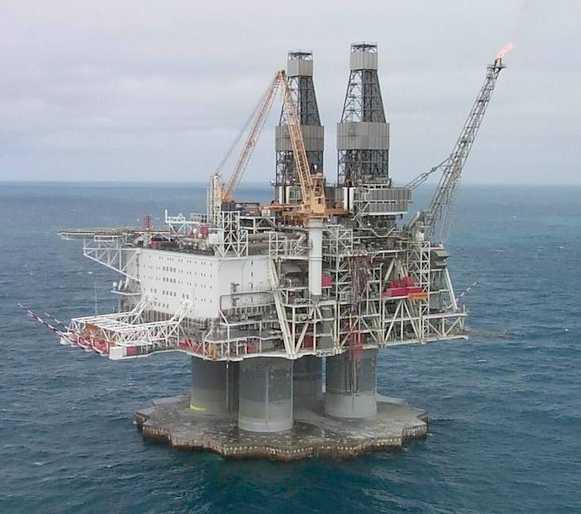The MPD method known as constant bottomhole pressure (CBHP) refers to a process whereby the annular pressure in a well is held constant or near constant at a specific depth, with the rig mud pumps on or off.
A typical MPD system for CBHP will consist of:
Downhole non-return valve
Pressure relief valve
Optional equipment may include:
Downhole isolation valve
Downhole PWD tool
It is important to understant that constant is relative. In the context of CBHP it means maintaining BHP within a window bounded by an upper and lower pressure limit.
The difference between these limits is also known as a margin.
On the low side the margin is normally bounded by pore pressure and wellbore stability whereas on the high side it can bounded by differential sticking, lost circulation, and fracture pressure. In general, these pressures may be loosely related in the following way
Ppo < Pwbs < BHP < Pds ≤ Plc ≤ Pfg
where:
Ppo is pore pressure
Pwbs is wellbore stability pressure
Pds is differential sticking pressure
Plc is lost circulation pressure
Pfg is fracture gradient
Managed Pressure Drilling (MPD) systems connect to and enhance a rig's conventional drilling components.
As a field ages with production, pore pressure, wellbore stability, and fracture gradient can change to the point where more dynamic control is required.
Of the many different technologies and processes required to drill a well none are more central to a successful drilling operation than those that control BHP.A drilling system's primary tasks are:
- Transport the cuttings
- Prevent influx and losses
- Keep the drill pipe free, the hole open, and the well on target and budget
The collection of pressure control methods referred to as MPD complements the basic elements of drilling by adding more control to the BHP. MPD extends control over the BHP to operational phases when the rig pumps are off, improving wellbore stability, well control, and safety, and bringing into reach productive prospects too expensive to drill otherwise.

In an open circulation system drilling is limited to managing the pressure with the static MW and when the pumps are on with the annular frictional pressure (AFP). The AFP is a function of a number of variables including the mud weight, mud rheology, flow rate, and the well and drill string geometries. When the mud pumps are off the only means to control the BHP is through the mud weight which limits the ability of drilling to manage narrow margins as illustrated in the above plot.




No comments:
Post a Comment